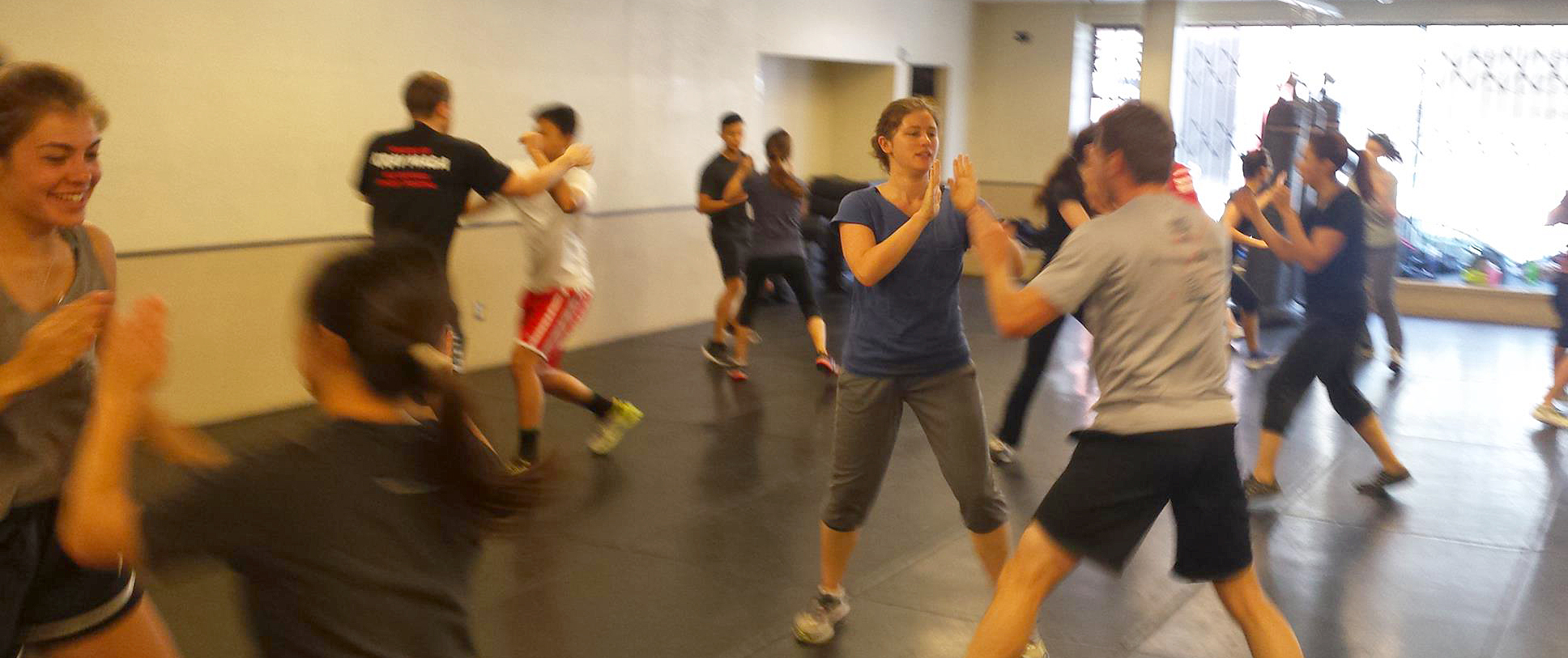If we are aware of body language at all, its usually that of other people. We’re more often unaware of the signals we are putting out to other people in the form of our own body language.
One of the most busy and diverse San Francisco Muni platforms, Glen Park Station.
This includes overall posture, facial expressions, and gestures. There is some controversy over what behaviors are the involuntary or voluntary aspects of body language, but here we are primarily concerned with those aspects that are voluntary, that we control ourselves. Becoming more sensitive to your own form of body language and what it communicates can help you survive or avoid many common assault situations.
You are always displaying some form of body language whether you are aware of it or not, like it or not.
It’s crucial to become aware of it, and very sensitive to it. Observe it in yourself and others. The beauty of it is that you can study this anywhere. We interact with people on a daily basis, at work, at home, while going about our lives. There are numerous opportunities to learn how human nature and situations affect people’s body language. Particularly in Krav Maga classes, we get to observe ourselves and others under physical stress while going through drills or simulating self-defense scenarios.
Warm up drill in Krav Maga class teaches distance, movement, awareness and timing. Also, strong body language.
Typical forms of aggressive body language are signs of tension such as:
- closed fists,
- clenched jaws
- direct and prolonged eye contact
- raised shoulders
- encroachment of personal space.
There are cultural exceptions however, so it is useful to gauge the overall affect of someone’s posture, voice, and the situation before making an assessment of danger based solely on one or two limited observations. It is like the barking dog with the wagging tail, which end do you believe? In addition to observing others, observe yourself to see what signals your body language is putting forth. Are you showing signs of tension that might escalate the situation? Are you showing signs of fear that might embolden your adversary? In some situations, it might even be useful to show compliance or docility with our body language to buy time, or to reduce our attacker’s awareness of our counterattack or escape. Most of the time however, a posture that is both confident and non-threatening is the way to go.
If you haven’t thought about this universal form of communication, start now. Body language is as old as humanity, even older in fact. We learned it from animals, and there are still common features of human body language we can observe in many animals. Use it to your advantage, use it for survival, use it to communicate what you want to others.


